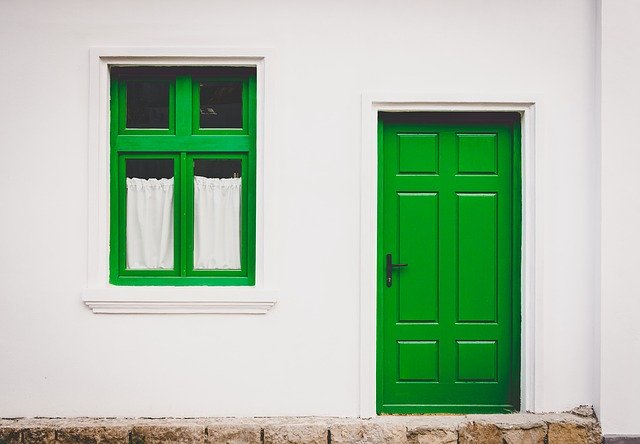[ad_1]
Tensile fabric structures differ in form from other building materials. They are light in weight and have a versatile shape and structure which provides them a unique range of exciting and dynamic three dimensional options.
In membrane structures, there are three different types of materials that are used and these include open mesh fabrics, foils, and coated fabrics.
Coated fabrics have a symmetrical structure where yarns are arranged in two directions, warp and fill. The yarns comprise threads that are either twisted together or running parallel and are made from several materials. The structural function depends on the yarns while the biological and chemical influences, weld ability, fire retardant behaviour, UV resistance, and waterproof qualities depend on the coating layer.
If the applications do not require weather tightness, open mesh fabrics can be used. The weaving pattern of the open mesh fabrics can be aptly designed to achieve the requisite level of solar protection. The open mesh design also takes advantage of substantial absence of ponding and wrinkles because of its permeable structure.
Thanks to their airtightness level, architectural foils are utilized for pneumatic applications. In the recent past, architectural foils have been reinforced with steel cables which act as support for heavy loads.

Tensile Fabrics
Tensile fabricstructures relate to a wide collection of fabrics that embody both strength and aesthetics. The fabrics can either be artificial or natural. The artificial fibers come in bulk and are made through processes that meet the various mechanical and chemical standards. The natural ones on the other hand have the advantage of being environmental friendly, but are limited when it comes to customization to meet certain requirements. Below are some of the fibers used in the tensile fabric industry.
PVC Coated Polyester
Among the commonly used tensile fabrics in the construction of structures is the PVC coated polyester. This material is chosen for its flexibility, excellent strength, and translucency as well as its impressive lifespan which ranges between 15 and 20 years. It is mostly used for exterior canopies as well as permanent exterior structures.
PTFE Coated Glass
Another type of tensile fabric used for external structures is the PTFE coated glass cloth. It can serve for more than 30 years and doesn’t require a lot of maintenance. Since it is chemically inert, PTFE coated glass cloth can retain its colour and safeguard the aesthetics of structures for a long time.
The beauty with tensile fabric structures is that their utility is not just limited to creating fabric structures, but also effective in walkway canopies and entrance canopies.
Ethylene Tetra Flouro Ethylene (ETFE)
This is a new generation material that exceeds glass in functionality. It is highly transparent, durable, and lightweight compared to glass structures. When building long span structures and skylight applications, ETFE film is the choice material.
Historically, ETFE was developed over 40 years ago, by DuPont for the aerospace industry. Thereafter, it was converted and targeted at agricultural applications especially in greenhouses. In the 1980s, ETFE roof structures were introduced into the building industry in Europe and ever since it has featured prominently in different industrial applications.
There are several benefits that come with ETFE including:
· Exceptional Light Transmission – ETFE films have a transparency of between 90% and 95% which means more light can pass in, but the destructive UVs are sieved out.
· Solar Control –There are several fleet patterns in ETFE film systems. These patterns combine with multiple layers to alter the solar performance of the ETFE film.
· Elasticity –ETFE films are extremely elastic measuring up to 600% at breaking point. They have an amazing tensile strength and this makes them appropriate for outdoor applications.
· Sustainability and Energy Efficiency –Because of their lightweight, ETFE fabrics consume less energy to transport from one location to the other. This in turn reduces the overall carbon footprint. The nature of ETFE also enhances energy efficiency through daylight and insulation.
· Recyclable –The waste gathered from old ETFE elements can be used to reproduce new ETFE products such as wires, tubing components or castings.
When compared to glass systems, ETFE fabrics have exceptional thermal performance especially when multilayered. The non-adhesive nature of ETFE fabric surface makes them easy to clean and maintain because dust, dirt, and debris do not stick and when it rains, all the dirt is cleaned up and washed away.
[ad_2]
Source link



